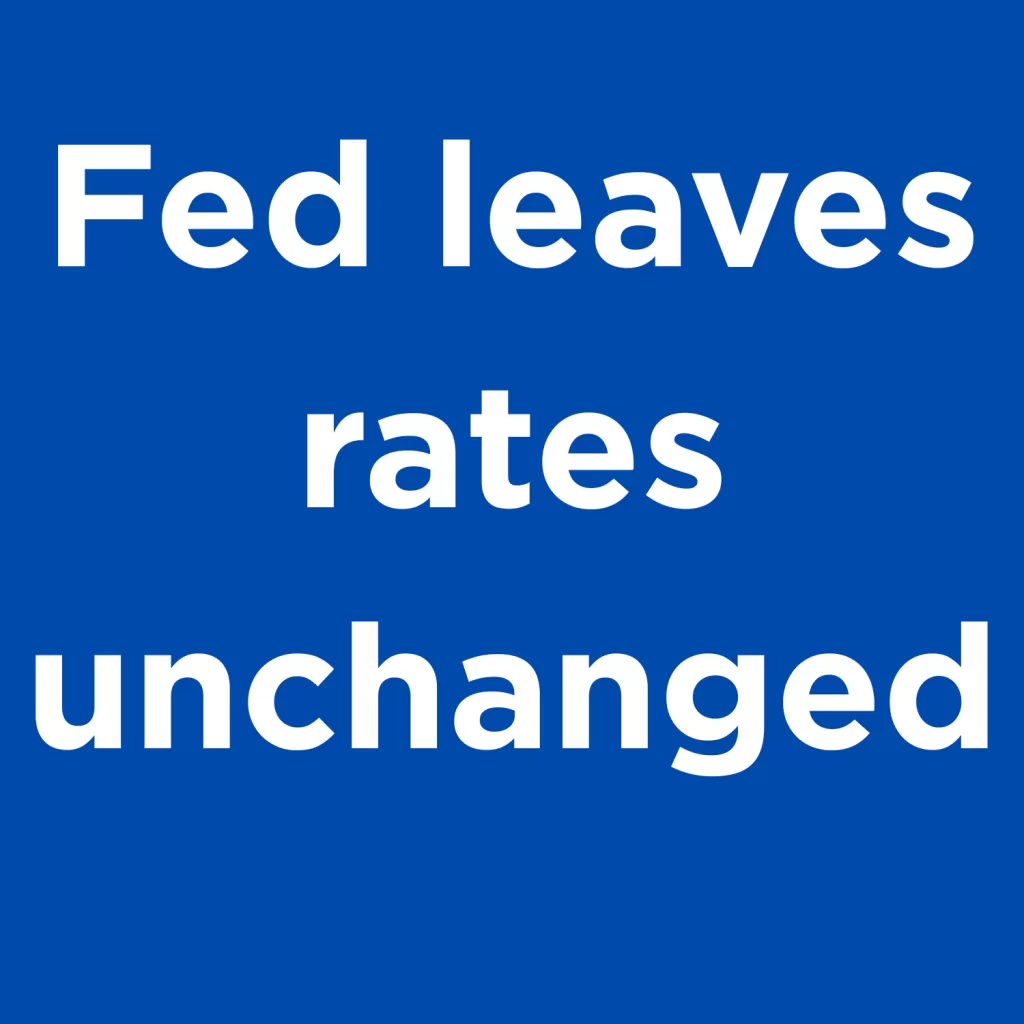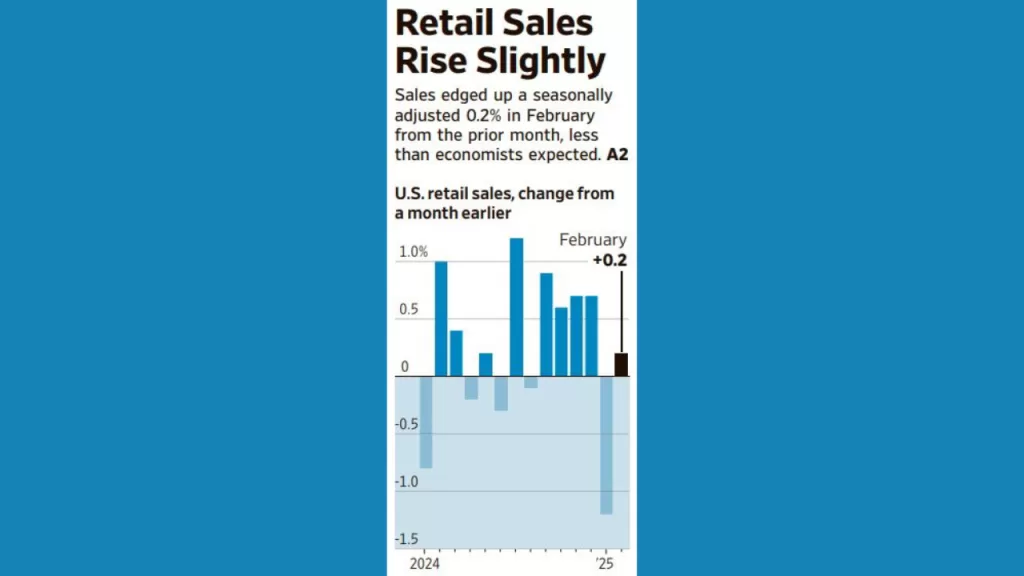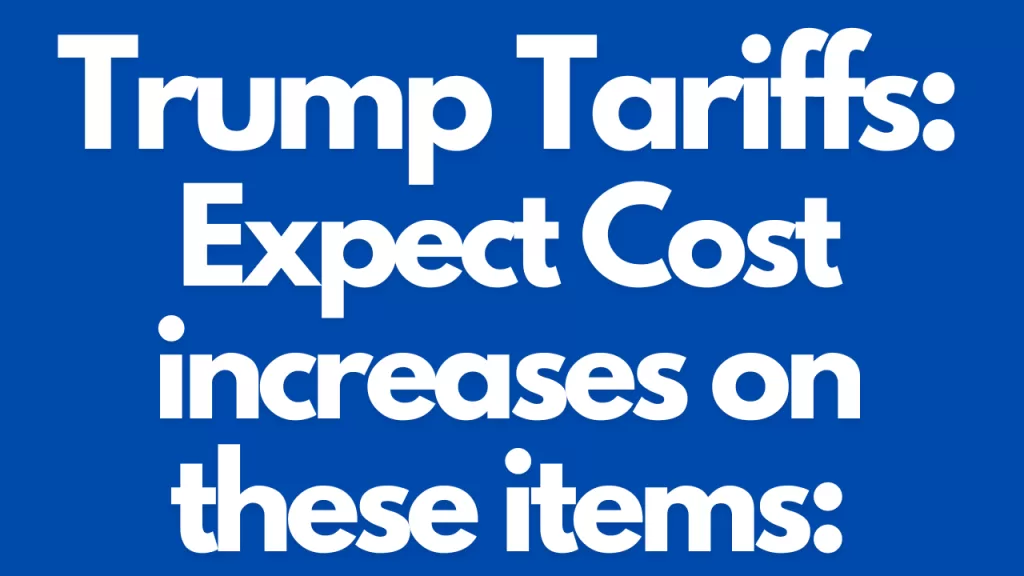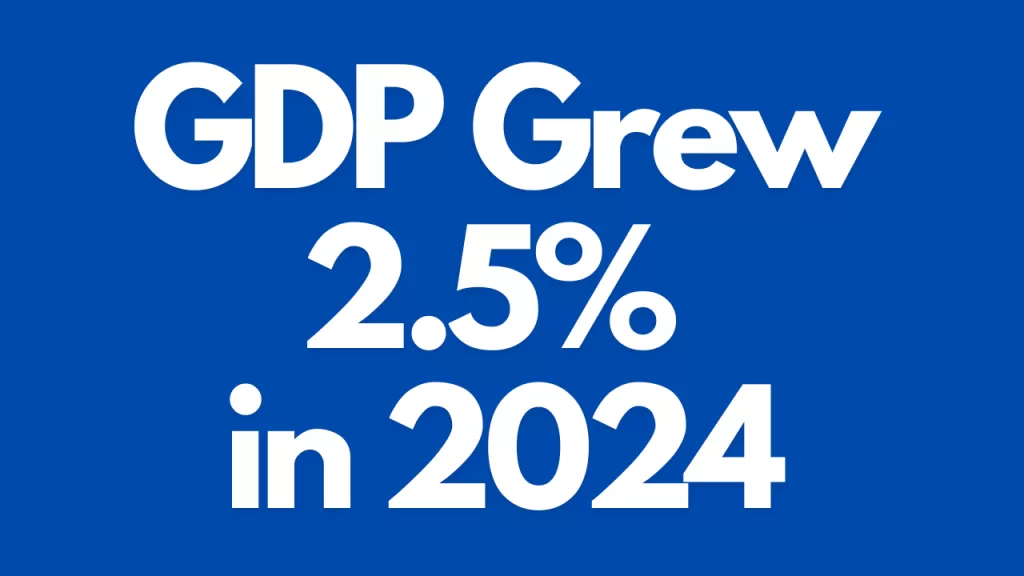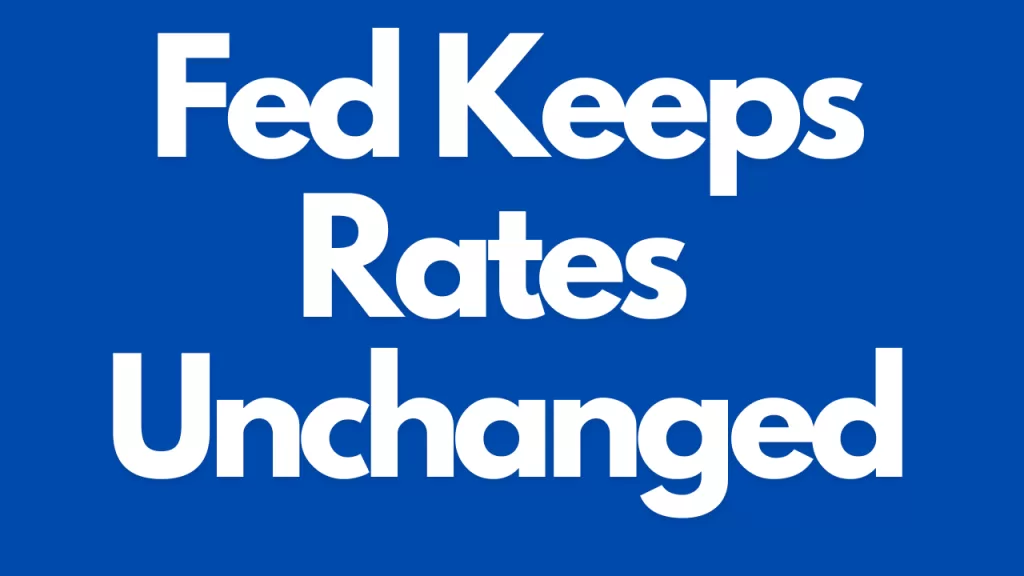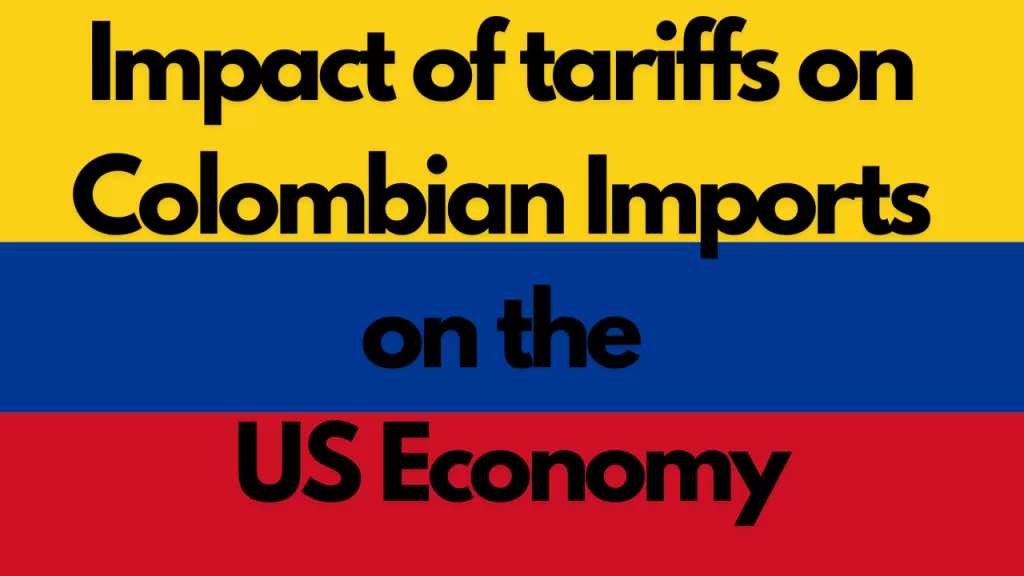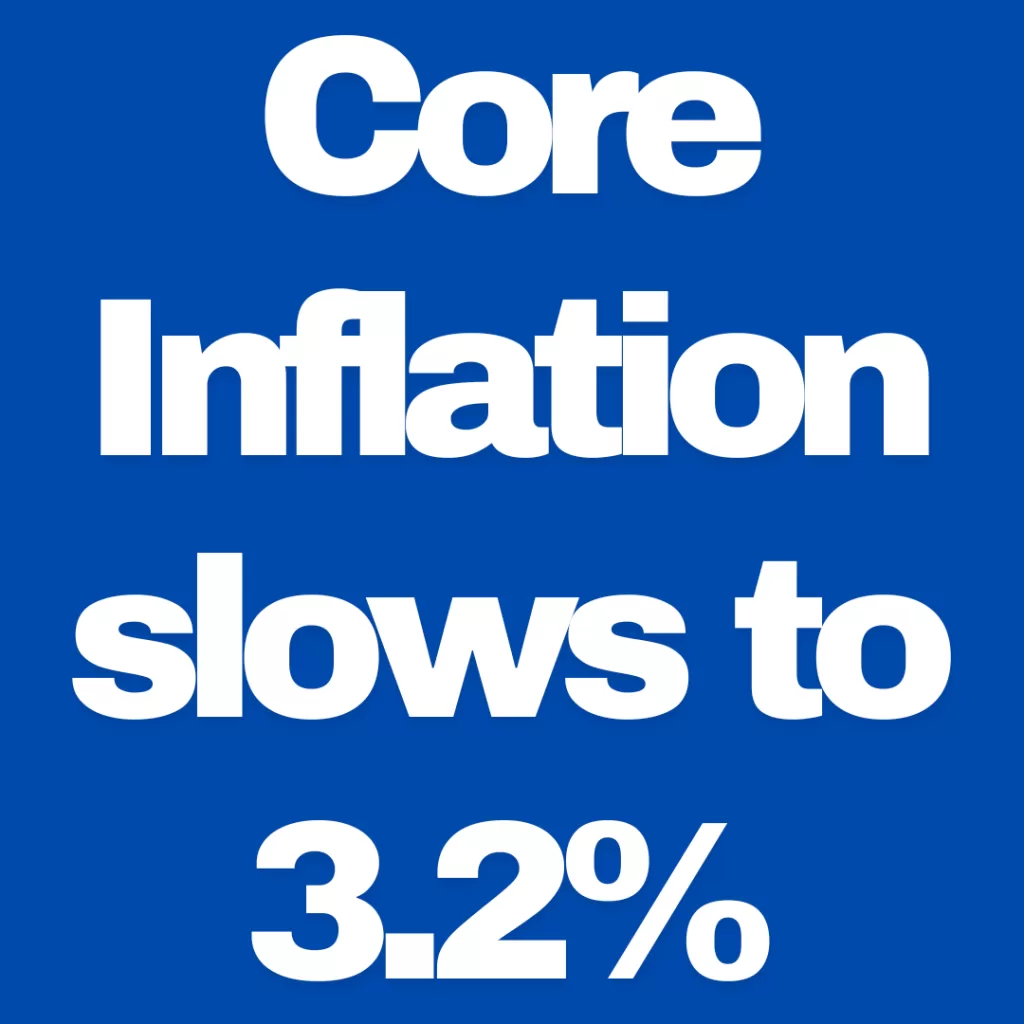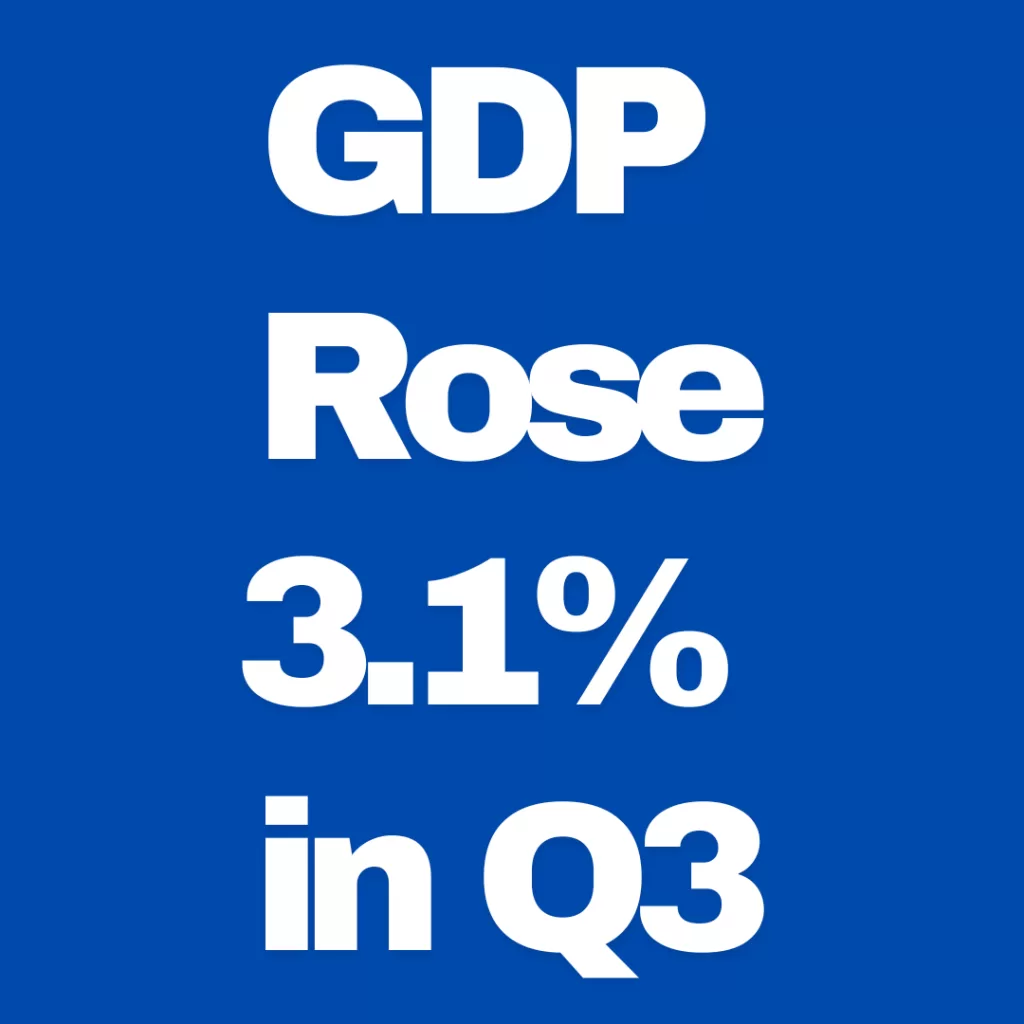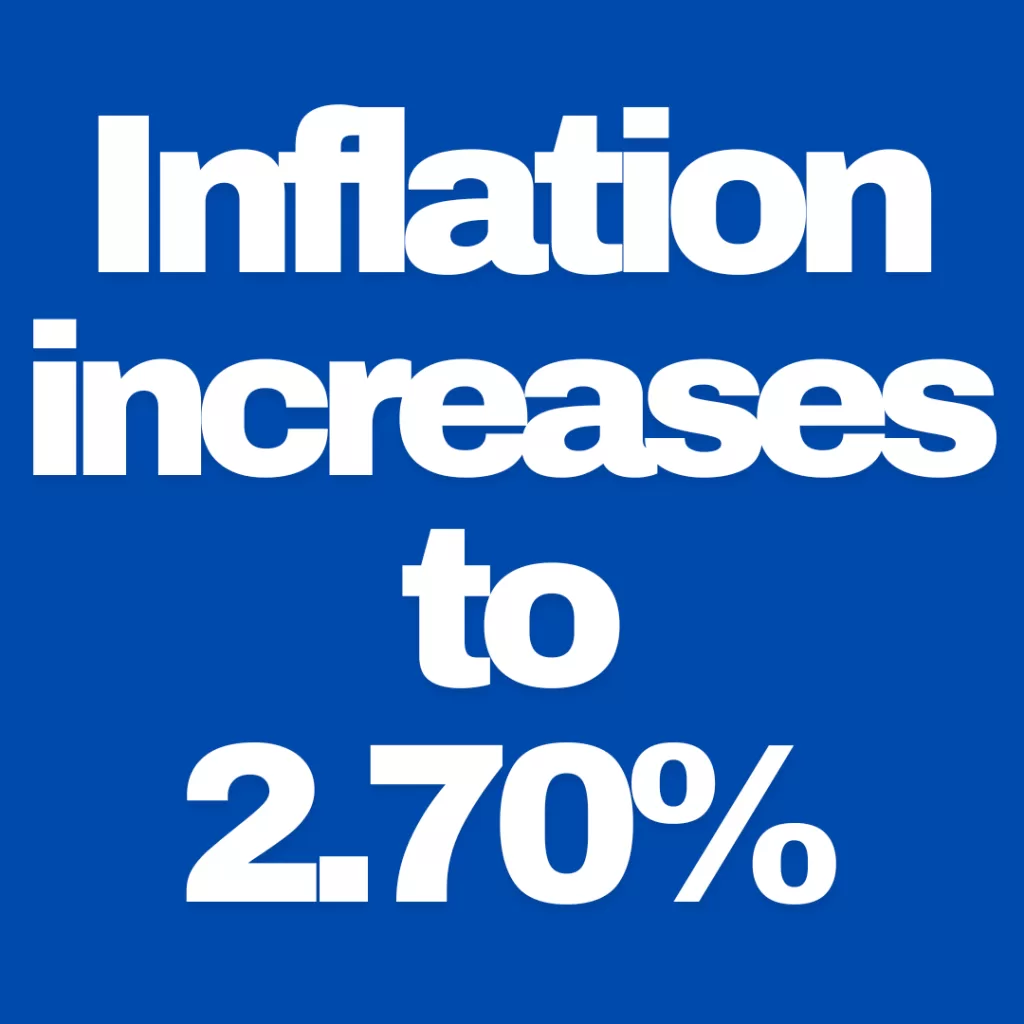Fed Leaves Rates Unchanged in March 19th Meeting
In its March 19, 2025, meeting, the Federal Reserve announced that it would maintain the federal funds rate within the target range of 4.25% to 4.5%, marking the second consecutive meeting without a rate adjustment. This decision reflects the central bank’s cautious approach amid persistent economic uncertainties and evolving inflation dynamics.
Economic Context and Inflation Outlook
Recent data indicates that inflation has moderated, with the consumer price index rising at a more controlled pace, approaching the Fed’s 2% target. However, the central bank has revised its inflation forecast upward for the year, signaling ongoing concerns about price stability. Despite signs of improvement, inflationary pressures remain a focal point in policy deliberations.
Impact of Trade Policies and Tariffs
The economic landscape is further complicated by trade tensions and tariff policies, which have introduced volatility, affecting both growth prospects and inflation expectations. The Fed acknowledges that such policies contribute to heightened uncertainty, influencing its decision to hold rates steady while assessing their long-term impact on the economy. Fed Leaves Rates Unchanged
Labor Market and Employment Trends
Despite these challenges, the labor market remains resilient. Hiring continues at a steady pace, with the unemployment rate holding stable. Wage growth has been sustainable, outpacing inflation and contributing to consumer spending. The Fed’s decision to maintain current rates aims to support this employment stability while monitoring potential inflationary pressures.
Future Monetary Policy Projections
Looking ahead, Federal Reserve policymakers anticipate implementing two quarter-point rate cuts by the end of the year, contingent upon economic developments. This projection underscores the Fed’s commitment to flexibility in its monetary policy, allowing for adjustments in response to evolving economic indicators.
Conclusion
The Federal Reserve’s decision to leave interest rates unchanged reflects a measured approach to navigating current economic uncertainties. By closely monitoring inflation trends, trade policy impacts, and labor market conditions, the central bank aims to fulfill its dual mandate of promoting maximum employment and ensuring price stability. As the year progresses, the Fed’s policy decisions will continue to be data-dependent, adapting to the shifting economic landscape.

